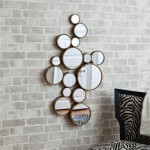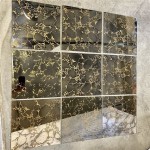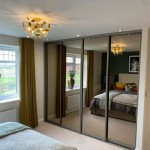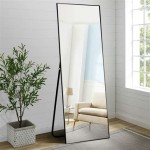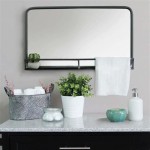How to Screen Mirror iPhone to Windows
Screen mirroring allows users to display the content of an iPhone's screen onto a larger display, such as a Windows computer. This functionality can be beneficial for presentations, watching videos, playing games, or sharing photos with a larger group. Several methods exist for mirroring an iPhone screen to a Windows PC, each with its own advantages and disadvantages.
Using AirPlay with Third-Party Software
Apple's AirPlay technology facilitates wireless streaming of content from Apple devices. While Windows computers don't natively support AirPlay, third-party applications bridge this gap. These applications create an AirPlay receiver on the Windows machine, allowing the iPhone to connect and mirror its display.
Selecting the appropriate software depends on user needs and preferences. Several reputable options offer free trials or free versions with limited functionality.
Here are some steps to use third-party AirPlay software:
- Download and install chosen AirPlay receiver software on the Windows computer.
- Launch the software and ensure the computer and iPhone are connected to the same Wi-Fi network.
- On the iPhone, open Control Center.
- Tap "Screen Mirroring."
- Select the name of the computer running the AirPlay receiver software from the list of available devices.
Using the Built-in Windows Connect App (For Certain Windows Versions)
Some Windows 10 and 11 editions include a pre-installed app called "Connect," designed to receive streamed content, potentially including screen mirroring from Miracast-compatible devices. While iPhones don't directly support Miracast, some third-party apps can bridge this compatibility gap, allowing users to indirectly use Connect for screen mirroring.
The functionality of this method depends heavily on the specific Windows version, iPhone model, and the third-party bridging application used. Compatibility issues may arise.
Here are some steps to try mirroring with the Connect app:
- Search for and open the "Connect" app on the Windows computer.
- If necessary, download and install a Miracast bridging application on the iPhone.
- Follow the instructions within the chosen bridging app to initiate the connection.
- The Connect app on the Windows computer should signal when it's ready to receive a connection.
Using a Lightning to HDMI Adapter and Cable
A wired connection provides a more stable and reliable mirroring solution for situations where wireless connectivity is problematic. Using a Lightning to HDMI adapter and a standard HDMI cable, users can directly connect their iPhone to a display with an HDMI input, including many monitors and televisions, which can then be used as input for the Windows PC with capture software.
While this offers a reliable, lag-free experience, it requires specific hardware, including the adapter, cable, and potentially a capture card for the computer.
Steps to use the wired method:
- Connect the Lightning to HDMI adapter to the iPhone's charging port.
- Connect one end of the HDMI cable to the adapter and the other end to the monitor or TV.
- If using a capture card, connect it to the computer and the HDMI output device.
- Use appropriate capture software on the computer to display the captured HDMI input.
Mirroring Specific Apps – Not the Entire Screen
Instead of mirroring the entire iPhone screen, mirroring individual apps might suffice for certain tasks. Several apps, particularly those designed for productivity or media consumption, offer screen sharing or casting functionality. Examples include certain video conferencing apps or media players that allow streaming to specific devices or platforms.
Here are some examples:
- Some video conferencing apps allow sharing the screen or specific applications during a meeting.
- Media player apps might offer the option to stream content directly to devices supporting DLNA or other casting protocols.
Choosing the Right Method
The optimal method depends on the specific use case and available equipment. Wireless methods offer convenience but may be subject to latency issues or network instability. A wired connection offers greater stability and quality but sacrifices portability. Mirroring individual apps can be a compromise when full-screen mirroring is unnecessary.
Users should consider the following factors when selecting a screen mirroring method:
- Network reliability and speed.
- Importance of low latency (e.g., gaming versus presentations).
- Availability of necessary hardware (adapters, cables).
- Specific apps or functionalities required.
- Budget considerations for software purchases.

How To Mirror Iphone Windows Pc Laptop Mac Full Guide

How To Mirror Your Iphone Screen On A Computer Pcmag

How To Mirror An Iphone S Screen On Pc Tom Guide

How To Wirelessly Mirror Iphone Screen Pc Mac Without Any Client Side App Redmond Pie

How To Mirror Iphone Windows 10

How To Screen Mirror Your Iphone A Windows Pc

How To Miracast Iphone Pc Mac Tv

Best Ways To Mirror Iphone Pc Via Usb Without Wifi

How To Screen Mirror Iphone Windows 10 For Free

How To Mirror Your Iphone Screen On A Computer Pcmag

